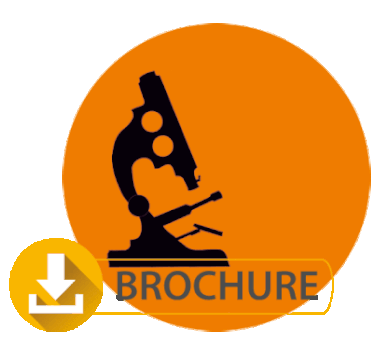Sajid Ali
Philipps University Marburg, Germany
Title: Photodynamic mediated anticancer therapy using Temoporfin (Meta-tetra (hydroxyphenyl) chlorin) loaded liposomes
Biography
Biography: Sajid Ali
Abstract
Background: Photodynamic Therapy (PDT) is a clinically approved therapeutic modality for the treatment of various diseases including cancers. It predominantly utilizes biocompatible photosensitizer and light energy of optimal wavelength to initiate photochemical reactions, triggering the photosensitizer, converting tissue oxygen (O2) to highly reactive oxygen species (ROS). This ROS induces oxidative damage to bio-organic molecules including proteins, nucleic acids, carbohydrates, and lipids consequently leading to the destruction and of targeted cancer cells. The present study aims to develop a novel nanocarrier for the photodynamic treatment of cancer.
Methodology: Liposomes containing mTHPC (Meta-tetra (hydroxyphenyl) chlorin) were prepared by the thin film hydration method using different lipid combinations. These liposomes were subsequently extruded with Avanti Polar extruder using polycarbonate membranes above the phase transition temperature of lipids. These extruded liposomes were characterized for size distribution, polydispersity index, zeta potential, encapsulation efficiency and morphological studies using dynamic light scattering, laser doppler velocimetry, ultracentrifugation, and atomic force microscopy. These liposomes were further evaluated with cell culture studies utilizing HT-29 cell line including in vitro cytotoxicity, photodynamic & antibacterial therapy, intracellular localization with CLSM, haemocompatibility assay and in vivo CAM model.
Results: All liposomal formulations ranged from 99 nm to 125nm in size with the PDI less than 0.2 and surface charge from -18 to +15mV. Photodynamic studies showed a dose-dependent effect with no cytotoxicity in dark. mTHPC was mainly localized in the perinuclear region with no internalization in the nucleus. In vivo CAM model displayed a strong occlusion of blood vessels while haemocompatibility studies demonstrated no toxicity to the blood cells.
Conclusion: Present study concludes that mTHPC liposomes can be formulated with different lipid combinations. These systems are not only biocompatible and less toxic but also effective against different cancer and bacterial infections.

